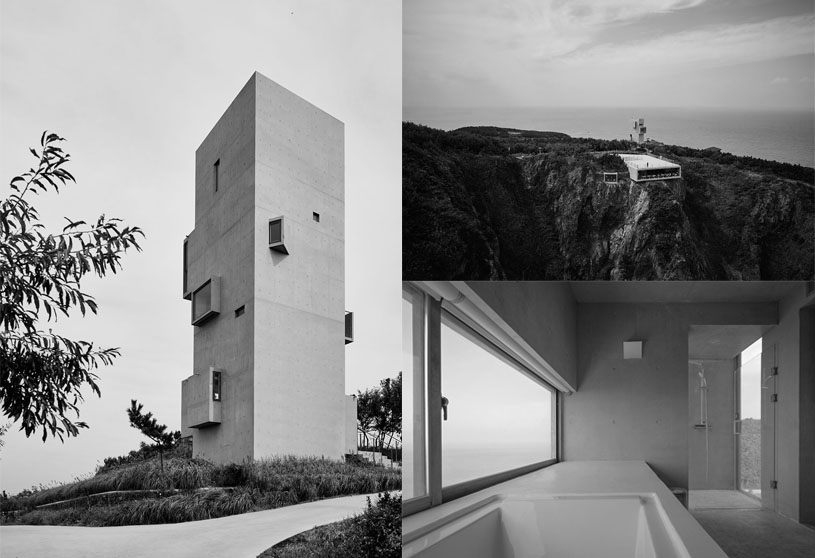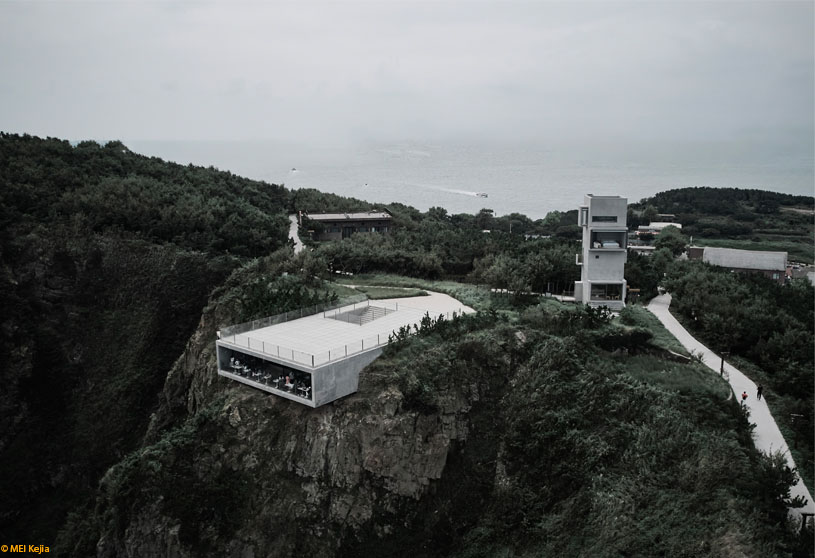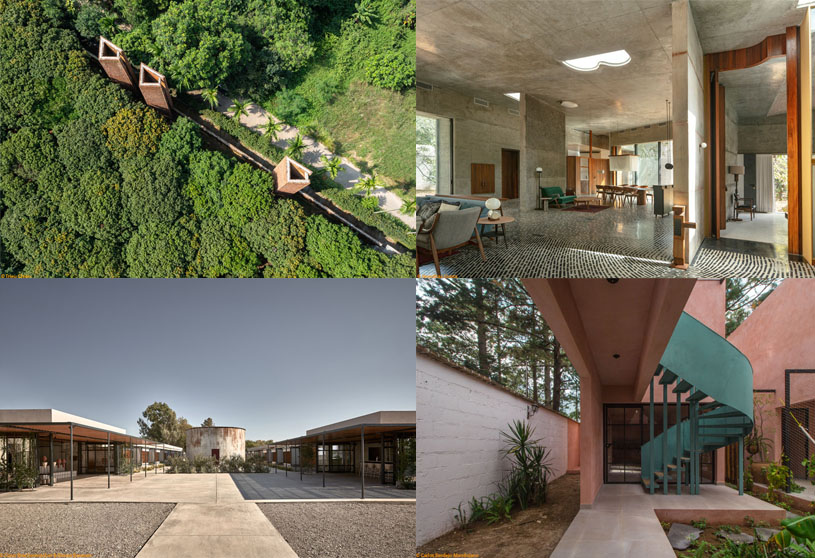(“Text as submitted by architect”)
 HUA LI
HUA LI
HUA Li, Founder and Principal Architect of Trace Architecture Office (TAO), received his M.Arch. from Tsinghua University and Yale University. He sees architecture as an evolving organism, being an inseparable whole with its environment, rather than just a formal object. HUA Li and TAO’s key works include: Museum of Handcraft Paper, Xiaoquan Elementary School, Wuyishan Bamboo Raft Factory, Forest Building, Split Courtyard House, Xinzhai Coffee Manor, Huandao Middle School, Xiadi Paddy Field Bookstore of Librairie Avant-Garde, Songshan Lake Science and Technology Convention Center project and Shenzhen Mangrove Wetland Museum.
HUA Li and TAO have won several important architectural awards, including the Design Vanguard 2012 and GDGB China Awards by Architectural Record Magazine, the Young Architect Award of the 2012 China Architecture Media Awards, the ARCASIA Awards for Architecture, and the WA Awards. They were shortlisted for the Aga Kahn Award in 2013 and nominated for the BSI Swiss Architectural Award in 2016 and 2018. TAO’s works have been exhibited internationally, including the 2018 International Architecture Exhibition of the Venice Biennale. HUA Li has given lectures at many domestic and overseas universities and international architectural conferences in both Asia and Europe and taught at Tsinghua University, the China Central Academy of Fine Arts, and the University of Hong Kong as an adjunct professor.
Practice Ideology
Trace Architecture Office (TAO), one of the most active and influential architectural firms in China’s contemporary architecture field, was founded by architect HUA Li in 2009 and is based in Beijing. Being critical of contemporary architecture as an obsession with fashionable forms in media-driven globalised consumerism, TAO visions architecture as an evolving organism, being an inseparable whole with its environment rather than just a formal object.
With most projects positioned in particular cultural and natural settings in China, TAO explores the essence of place and makes architecture deeply rooted in its cultural and environmental context with respect to local conditions. The sense of place, response to climate, efficient use of local resources, site-responsive construction method—such issues are always explored in every TAO project responding to its specific situation. TAO’s works have been exhibited internationally in Venice, Berlin, Vienna, and New York.


